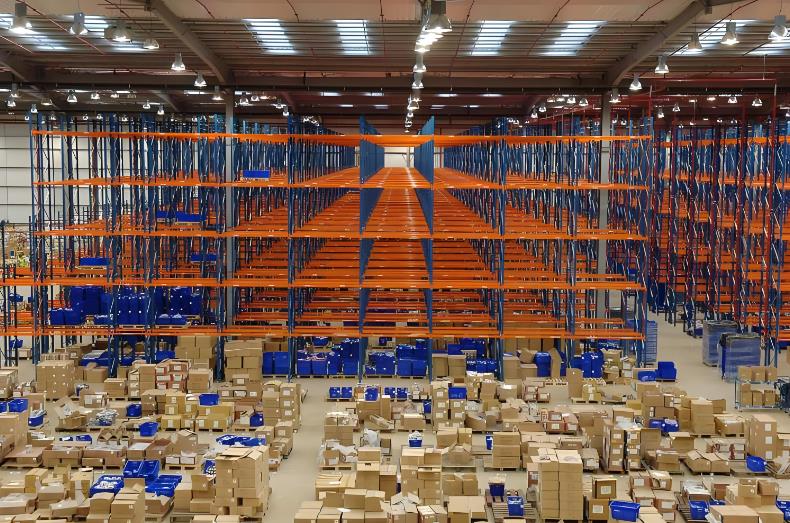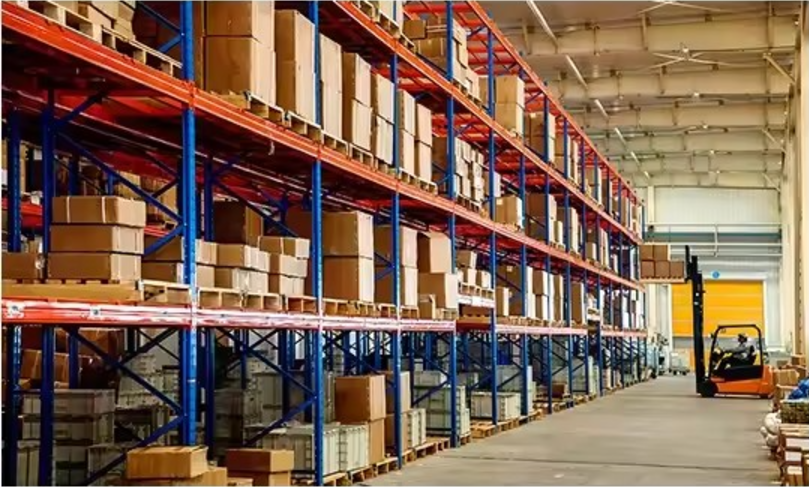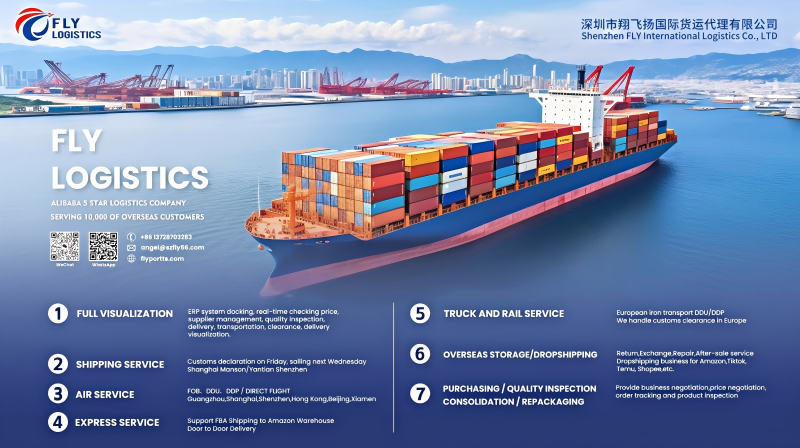As an important logistics hub in North America, Amazon’s GEU3 warehouse was originally scheduled to undergo facility upgrades and maintenance from April 13 to May 11, 2023, US time. The nearly one-month warehouse closure plan directly involves logistics nodes with an average daily processing volume of more than 200,000 pieces, and the impact covers major e-commerce markets in the Midwest of the United States. According to Amazon’s official announcement, the warehouse will experience two key risk periods before and after the closure: the peak period of concentrated warehousing 72 hours before the closure and the 48-hour backlog order processing period after resuming operations.
In the Amazon FBA (Fulfillment by Amazon) logistics network, the GEU series warehouses assume the function of regional distribution centers. The triangular logistics matrix composed of GEU2 (Indianapolis), GEU3 (Ohio), and GEU5 (Illinois) jointly handles the turnover of more than 500,000 items per day. This adjustment will break the existing logistics balance and cause the distribution pressure to shift to neighboring warehouses.
Multi-dimensional impact analysis
- Logistics network pressure transmission mechanism
- Spatial transfer effect: It is expected that the diversion of 60,000 to 80,000 pieces of goods per day will break the operational balance of GEU2 (current utilization rate 85%) and GEU5 (utilization rate 82%), and its storage utilization rate may exceed the warning line of 95%.
- Time dimension pressure: The peak of incoming warehouses is expected to occur 72 hours before the warehouse is closed, and the average daily processing volume may reach 150% of the normal value; the backlog of orders needs to be processed within 48 hours after resuming operations, and the outbound efficiency will drop by 30-40%.
- Fluctuation of sellers’ operating costs
Transportation costs will temporarily increase by 15-20%, mainly due to:
- The average warehouse transportation distance will increase by 120 miles
- The proportion of urgent transportation orders will increase to 25%
- The premium rate of third-party carriers is expected to reach 30%
- The inventory turnover rate may decrease by 5-8 percentage points, and the turnover cycle of unsalable risk goods will be extended by 3-5 days
- Consumer experience risk
- Standard delivery time may be extended by 24-48 hours
- Order splitting rate is expected to increase to 18% (normal value 12%)
- Miss-shipping rate will temporarily increase by 0.5-0.8 percentage points

Response strategies
- Intelligent warehouse optimization plan
- Implement dynamic warehouse algorithm: Establish a diversion model based on three dimensions: product dimension (size/weight), timeliness requirement (Prime logo), and inventory depth
- Create emergency warehouse combination: Use GEU2+ONT8 (California) and GEU5+MDW2 (Chicago) as a secondary distribution plan
- Enable pre-sale inventory mechanism: Establish a 5-7-day safety inventory buffer for high-turnover products in advance
- Logistics timeliness guarantee measures
Establish a three-level response mechanism:
- First-level response (72 hours before warehouse closure): Enable exclusive transportation channels to ensure that core SKUs are stored on time
- Second-level response (during warehouse closure): Sign a priority processing agreement with UPS/FedEx
- Third-level response (recovery period): Configure double sorting teams to handle backlog orders
- Implement dynamic routing optimization: Update transportation routes every hour to bypass congestion nodes
- Refined inventory management
- Establish a risky product list: implement special monitoring of shelf-life-sensitive and seasonal products
- Launch a dynamic replenishment model: shorten the replenishment cycle from 7 days to 5 days and increase the safety inventory level by 15%
- Implement inventory age classification management: launch an automatic promotion mechanism for products with an inventory age of more than 45 days
The temporary closure of Amazon’s GEU3 warehouse is essentially a stress test to test the resilience of the modern supply chain. By building a trinity system of “data-driven + elastic architecture + intelligent response,” enterprises can not only resolve short-term operational risks but also take this opportunity to achieve a strategic upgrade of supply chain capabilities. In the VUCA (volatile, uncertain, complex, and ambiguous) era, turning emergencies into optimization opportunities is the core value of excellent supply chain management. It is recommended that relevant companies immediately launch emergency plans and, at the same time, focus on the long term and invest in building a more resilient logistics network system.
Fly Logistics is a professional freight forwarder with over 10 years of experience. Be sure to get in touch with us as soon as possible to adjust your stocking plan in advance to avoid logistics delays.





